Right about now, Beautyberry shrubs are developing their signature clusters of magenta/purple berries that cluster along the stems in an ombre pattern. This is truly a remarkable sight and gives you a good idea where these deciduous shrubs got their names from. Today we will give you some insight to the many benefits of beautyberry besides it’s gorgeous stature in the landscape. Let’s dig in.
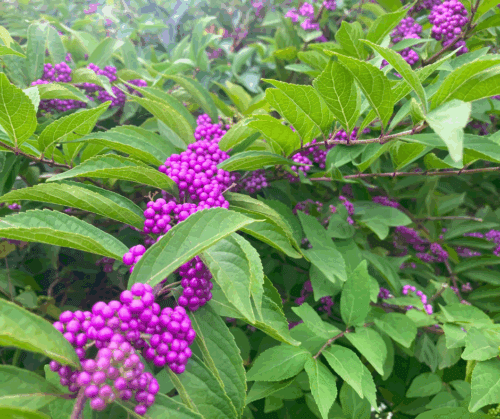
Insect Repellent Benefits of Beautyberry
You might be very excited to learn that the benefits of beautyberry include another option for keeping those pesky mosquitoes away! Beautyberry leaves contain compounds like callicarpenal and intermedeol that have been shown to repel mosquitoes and ticks effectively, and may be comparable to DEET. We wouldn’t recommend just rubbing the leaves onto your skin because you may experience some irritation, but here’s a quick video with an easy recipe.
Medicinal Benefits of Beautyberry
American beautyberry has long been used as a medicinal plant by Native Americans, and its benefits are now being looked at much closer in modern medicine.
Native American communities have traditionally employed boiled leaves and various plant materials in sweat baths to help reduce malarial fevers and treat rheumatism. Additionally, they utilized the bark from stems and roots to create remedies for itchy skin.
Recent research indicates that a compound found in the leaves of the American beautyberry, a common shrub, enhances the effectiveness of antibiotics against antibiotic-resistant staph bacteria. Another finding has shown extracts obtained from the leaves may hinder the growth of the bacteria responsible for acne.
Always consult with a healthcare professional before using beautyberry for medicinal purposes.
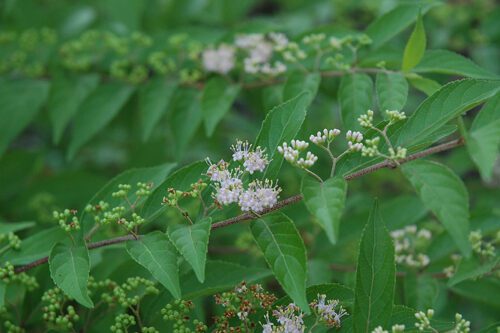
Wildlife Benefits of Beautyberry
The wildlife benefits of beautyberry is of great importance. These berries get produced mid to late summer when fresh food sources can be dwindling from the heat of the season. Birds relish plucking off the vibrantly-hued berries for a burst of late summer energy. Other wildlife will visit for the berries as well.
The tiny inconspicuous flowers that develop before berries appear may not be a showstopper to the human eye, but they are visited by native bees doing valuable pollination work.
The weeping branches of beautyberry, whether when in bloom or full of berries, create a great shelter and habitat especially for ground nesting birds seeking shelter or nesting sites.
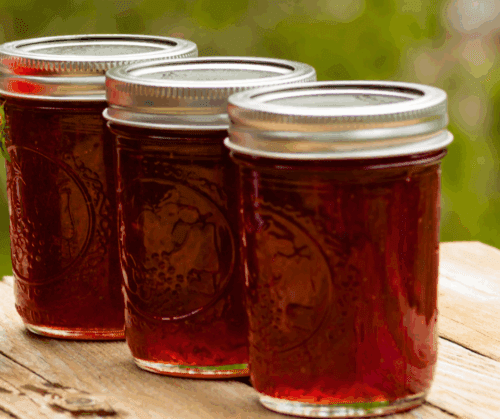
Culinary Benefits of Beautyberry
It’s not just the birds that can enjoy the taste of beautyberries, it’s you too! These berries can create delicious and fruity jams, jellies and preserves. A simple boil with some sugar and lemon and few extra steps and you can be topping your toast with a vibrant purple spread.
The culinary benefits of beautyberry are best enjoyed cooked or processed as the raw berries can be somewhat astringent tasting. Try the berries in the above mentioned jams, or create a lovely simple syrup for cocktails, or in a pudding or pie filling. Why should the birds have all the fun? Take a look at our DIY video for making beautyberry jam here.
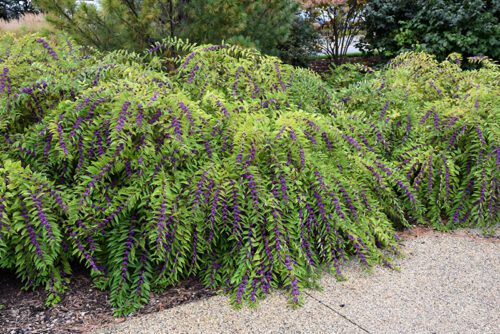
Beautyberry in the Landscape
Besides all of these benefits, beautyberry is a real stunner in the landscape. Adaptable to areas with more sunshine, beautyberry mostly thrives in areas of part shade. It is a wonderful understory specimen that works great underneath large shade tree. It’s native habitat is in woodland areas or open meadows and thickets alongside streams and ponds.
Foliage is light green to green and emerges fresh each spring on this deciduous shrub. Inconspicuous light pink or white flowers develop early summer and are followed by magenta/purple berries that magnificently line each stem in an ombre pattern until the berries mature to their full brilliant color.
Average mature growth of beautyberries is 3-8 feet tall x 3-6 feet wide, though it usually tops out no more than 6′ tall in our area. It can be pruned to 12 inches above the base each winter to promote denser growth, as well as enhance flower and fruit production. Once established, it doesn’t need a ton of extra water, but in long periods of summer drought, it may start to defoliate. A few extra deep waterings can be helpful during these times.
More benefits of beautyberry is that it does not have any real significant pest or disease issues, it’s a pollinator attractor, and with being a Texas native plant you can include it in your landscape without worrying about invasive planting. Beautyberry is a true stunner, and with all of these benefits, don’t you think it’s time you gave it a try?
~The Happy Gardener, Lisa Mulroy
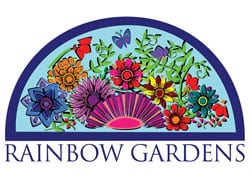

Just wondering is it too late to plant one of this late in the summer?
Fall is the absolute best time to plant shrubs, trees, and woody perennials in San Antonio. It gives them all winter long to establish their root systems so they are better equipped to face their first summer.